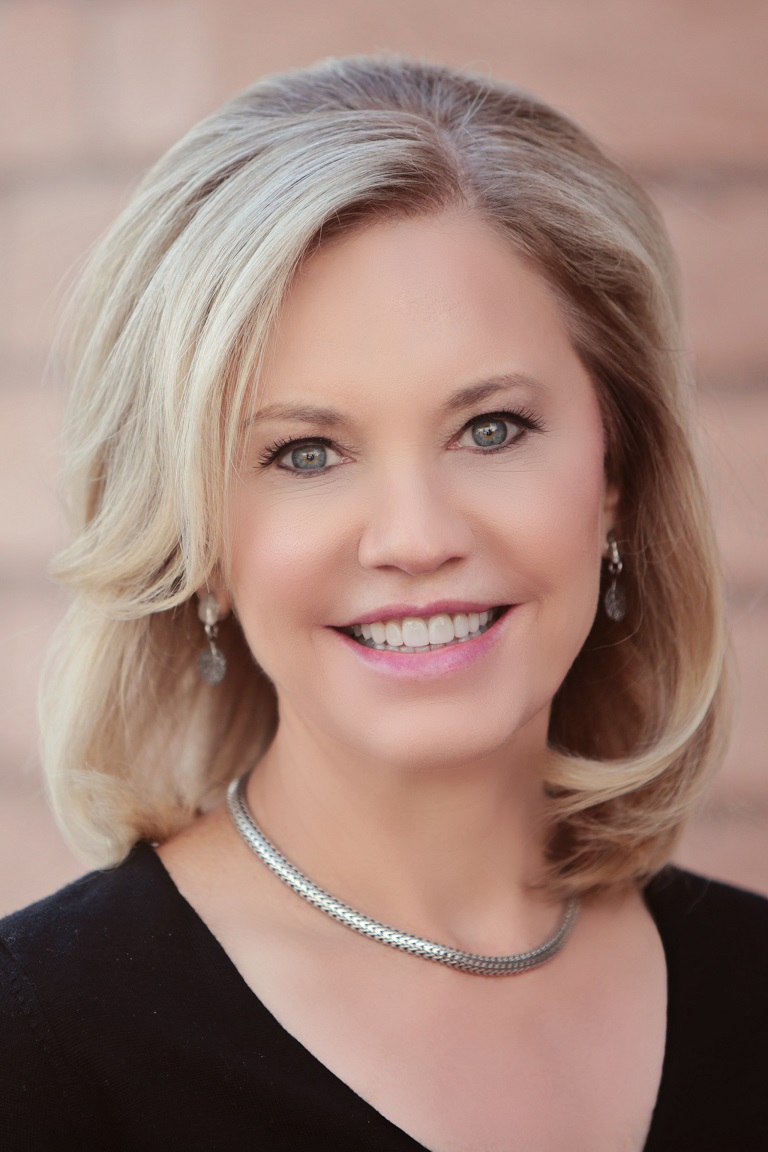Cosmetic Dermatologist
 Dr. Jody Comstock might be a pediatrician today if not for a scheduling glitch during her residency in Grand Rapids, Michigan. A canceled clinical rotation during medical school landed her in a dermatology rotation instead, and, more than 25 years later, she’s now one of the leading dermatologists in Tucson, Arizona.
“I had no idea I would love skin so much,” Dr. Comstock says. “A little luck changed everything.”
The change of Dr. Comstock’s career plans proved to be fortunate for her Tucson cosmetic and medical dermatology patients. After completing her residency at the University of Arizona, Dr. Comstock worked in a multispecialty practice for one year before establishing Skin Spectrum.
Read on to learn more about her background, then discover why Skin Spectrum is considered one of the most innovative dermatology practices in the nation by requesting a cosmetic consultation online, or call our office at (520) 797-8885 to schedule an appointment.
Dr. Jody Comstock might be a pediatrician today if not for a scheduling glitch during her residency in Grand Rapids, Michigan. A canceled clinical rotation during medical school landed her in a dermatology rotation instead, and, more than 25 years later, she’s now one of the leading dermatologists in Tucson, Arizona.
“I had no idea I would love skin so much,” Dr. Comstock says. “A little luck changed everything.”
The change of Dr. Comstock’s career plans proved to be fortunate for her Tucson cosmetic and medical dermatology patients. After completing her residency at the University of Arizona, Dr. Comstock worked in a multispecialty practice for one year before establishing Skin Spectrum.
Read on to learn more about her background, then discover why Skin Spectrum is considered one of the most innovative dermatology practices in the nation by requesting a cosmetic consultation online, or call our office at (520) 797-8885 to schedule an appointment.
Known nationally and internationally as a pioneer in the field of cosmetic dermatology, Dr. Comstock is contacted often for her thoughts about the latest advances in techniques, products, business strategies, and leadership skills. Here, Dr. Comstock discusses her background, her passion for dermatology, and why she considers Tucson such a special place.
ReviewsQ. Where did you grow up?
A. I was fortunate to grow up close to Michigan State University in East Lansing. There were plenty of opportunities to get a taste of the college experience through educational and sport programs on campus during my youth. MSU seems like home to me with many fond memories. In high school, I worked in a retail store on the periphery of campus, my friends and I would ride bikes through campus along the river and by the botanical gardens, and I also sold programs at the sporting events with my twin brother.Q. What led you to study medicine?
A. My pediatrician was my role model. I ended up marrying his son, who is Dr. Frank Comstock. He specializes in anti-aging medicine in Tucson. I earned an undergraduate degree in Indiana, then returned to Michigan so we could go to medical school together. I wanted to become a pediatrician.Q. That all changed when you discovered your love of dermatology. How did you make the transition?
A. I thought I would go into pediatric dermatology, but during my dermatology residency I realized I loved general dermatology, cosmetic dermatology, and everything else associated with improving the health and appearance of skin.Q. So how did you end up in Tucson?
A. The dermatologist I worked with in Grand Rapids was a graduate of the University of Arizona program, and he encouraged me to pursue a residency there. Plus, my husband and I spent 5 years in Grand Rapids. Frank said if we were going to move, it had to be somewhere here; he drew a horizontal line on a map and pointed to the southern half of the United States.Q. Tucson certainly met that requirement.
A. I barely noticed any climate difference in Tucson when we moved because I was studying so much during my residency. Air conditioning in hospitals and libraries are very similar from state to state! But we do love the weather. We raised our 4 children in Tucson. We appreciated rarely canceling outdoor plans because of bad weather.Q. How has your dermatology practice changed in the 24 years since you started Skin Spectrum?
A. Cosmetic dermatology was just beginning to evolve, and we started seeing a lot of patients who wanted to improve the appearance of brown spots and make their skin look more youthful. Still, during the early days I literally had to talk my patients into starting a skin care program. Retin A, which reverses sun damage, was just being introduced — the University of Arizona participated in some of the earliest trials. Lasers weren’t commonly used to improve damaged skin. I was one of the first dermatologists in the U.S. to train with an early CO2 laser, with one of the persons who developed the laser. Skin Spectrum proudly was the first to bring many of the devices to Tucson.Q. Was it common for women to be dermatologists when you began?
A. Actually, my medical school class at Michigan State was the first to have more women than men. So it was still unusual for patients to see a woman dermatologist. But with the emerging field of cosmetic dermatology, I think women thought I would be more understanding about the best ways to treat cosmetic issues with the skin.Q. What do you like to do outside of work?
A. I love to cook, and I love to eat. I also try to exercise regularly. Home and building design and decorating are intriguing to me. I love traveling and reading, especially books about personal growth, business, and leadership. I also spend a lot of time consulting and training other dermatologists.Q. What does the future hold for dermatology, and Skin Spectrum specifically?
A. The future of medicine, especially a visual field such as dermatology, is telemedicine. A patient can securely email photos of a skin condition, and a dermatologist diagnoses the problem and prescribes medication to remedy the issue. It’s a cost-effective treatment method in many cases, both for the patient personally and the healthcare system in general. We also see more physicians adopting combination therapies to treat patients and truly understanding the best skin health starts inside out.
REVIEWS
Source : Healthgrades – Apr 22, 2025
Source : Healthgrades – Apr 22, 2025
Source : Healthgrades – Mar 18, 2025
